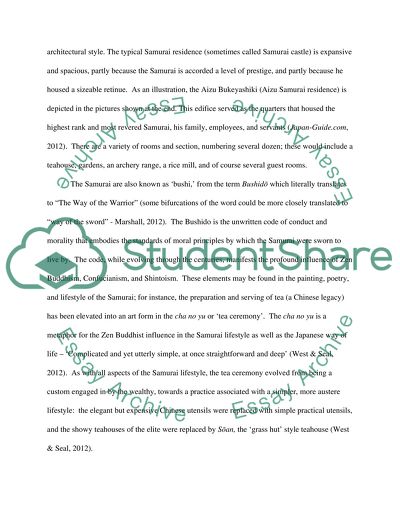Cite this document
(“Analysis of The Samurai Spirit Article Example | Topics and Well Written Essays - 1000 words”, n.d.)
Analysis of The Samurai Spirit Article Example | Topics and Well Written Essays - 1000 words. Retrieved from https://studentshare.org/culture/1401803-essay
Analysis of The Samurai Spirit Article Example | Topics and Well Written Essays - 1000 words. Retrieved from https://studentshare.org/culture/1401803-essay
(Analysis of The Samurai Spirit Article Example | Topics and Well Written Essays - 1000 Words)
Analysis of The Samurai Spirit Article Example | Topics and Well Written Essays - 1000 Words. https://studentshare.org/culture/1401803-essay.
Analysis of The Samurai Spirit Article Example | Topics and Well Written Essays - 1000 Words. https://studentshare.org/culture/1401803-essay.
“Analysis of The Samurai Spirit Article Example | Topics and Well Written Essays - 1000 Words”, n.d. https://studentshare.org/culture/1401803-essay.


